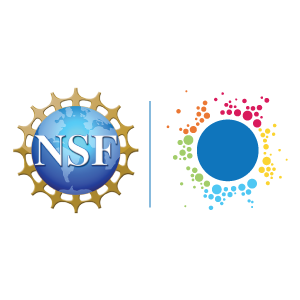By Matthew Closter, NSF INCLUDES Coordination Hub
The social distance required by the past year’s COVID-19 pandemic has offered an unexpected opportunity to experience the benefits of virtual relationships as well as their intense uncertainty and ambiguity. It has been an unplanned experiment in what happens when you dramatically decrease the barriers to collaboration but force all collaboration to occur virtually rather than in person.
Although virtual collaboration was a necessity in 2020-2021, virtual collaboration approaches and tools are relevant during any time. The collaborations that have been built to help broaden participation in STEM, often spanning institutions and geographies, can even be enhanced by continuing high-quality virtual collaborations in a post-pandemic environment.
The NSF INCLUDES National Network more closely resembles a Community of Practice, defined as “groups of people who share a concern or a passion for something they do, and learn how to do it better as they interact regularly.”
In a recent NSF INCLUDES Research Brief, we explored how three critical success factors for virtual collaboration (shared understanding, trust, and effective communication) can be aligned and applied to the NSF INCLUDES National Network. We present four types of community frameworks for effective virtual collaboration: Community of Inquiry (COI), Community of Practice (COP), Professional Learning Community (PLC), and Online Collaborative Learning (OCL).
To foster these interactions, groups must establish trust and utilize the right communication tools to build shared identity and recognize personal qualities that do not always emerge in virtual settings. Trust is instilled through identifying work norms in the collaboration to develop shared practices, and methods for addressing expectations around interactions, often through virtual team-building activities and ice breakers. Furthermore, an array of technological tools that we outline in the Brief enables collaborative teams to decide the most appropriate styles and forums based on work flow, culture, and product development. Virtual teams need to regularly assess the technological ease of the tools to bolster collaboration and harness trust.
We would like to continue a discussion about effective factors of virtual collaboration through online discussion posts at NSF INCLUDES National Network, especially on which factors are successful for you and how you assess your collaborative team effectiveness.

